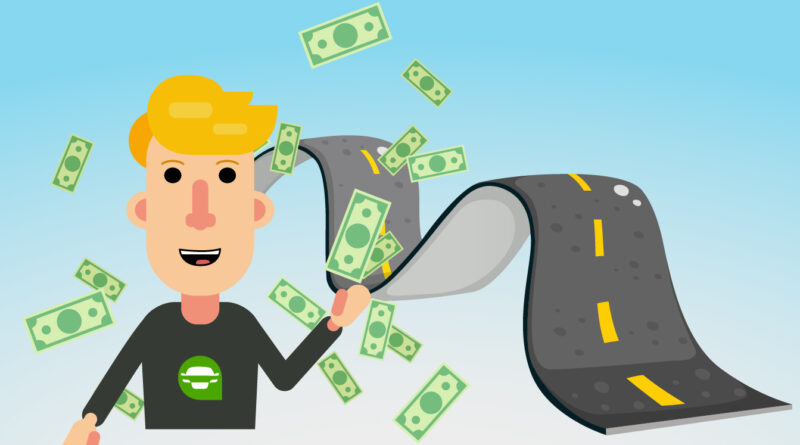How much profit do used car dealers make
Used car dealerships play a vital role in the automotive industry, offering a wide array of pre-owned vehicles to consumers. Have you ever wondered about the profit margins that used car dealers make on each sale? This article aims to unravel the complexities surrounding the economics of used car sales and shed light on the factors influencing the profit margins for these dealers. Average profit used car seller should make is at least £1000 on sales of 30 cars a month to survive. Used car supermarkets will have far less profit as they need quick moving stock, but they charge average £200 admin fee on sale too. Most large used car sellers or manufacturer franchises make another side of the profit from commissions on insurance products and finance options. Mai dealer used sales will have £1500 -£3500. General rule more expensive the car more profit in there. Luxury cars and super cars will average £10,000 to £20,000 on new or rare car mark ups as they are overpriced due to new vehicle waiting lists. Most luxury car sellers sell cars on consignment and take 3%-5% commission.
- Acquisition and Pricing:
- Used car dealers acquire their inventory through various channels, including trade-ins, auctions, and direct purchases.
- The acquisition cost of a used car significantly influences the potential profit margin. Skilled negotiation and a deep understanding of the used car market are essential to secure favorable deals.
- Reconditioning and Certification:
- Before a used car is ready for resale, dealers invest in reconditioning processes to ensure it meets quality standards.
- Certified pre-owned (CPO) programs, offered by many manufacturers, involve additional inspections and warranties, contributing to both the perceived value and the cost.
- Market Demand and Pricing Strategy:
- Popular used car models with high demand often allow dealerships to set higher prices, positively impacting profit margins.
- Dealers must assess local market conditions, competition, and consumer demand when determining pricing strategies for their used inventory.
- Overhead Costs and Operational Expenses:
- Used car dealerships incur various overhead costs, including facility maintenance, employee salaries, utilities, and administrative expenses.
- These operational costs directly impact the profit margin required for the dealership to sustain its day-to-day operations.
- Negotiation Dynamics:
- Negotiation is a fundamental aspect of used car sales, and the ability to strike favorable deals with customers affects the ultimate profitability.
- Skilled salespeople who can navigate negotiations effectively contribute to maximizing the profit margin on each sale.
- Market Competition:
- The level of competition in the local market plays a crucial role in determining pricing strategies.
- Intense competition may lead to thinner profit margins as dealers strive to attract customers by offering competitive prices.
- Financing and Additional Products:
- Used car dealerships often offer financing options, extended warranties, and additional products to enhance their revenue streams.
- These supplementary services contribute to the overall profit margin and help offset potential slim margins on the sale of the vehicle itself.
- Economic Factors and Consumer Behavior:
- Economic conditions, interest rates, and consumer confidence influence the willingness of individuals to purchase used cars.
- Dealerships may adjust pricing and promotional strategies based on economic factors and consumer behavior.
- Transparency and Customer Satisfaction:
- Maintaining transparency in pricing and providing excellent customer service contribute to repeat business and positive word-of-mouth.
- Satisfied customers are more likely to refer others and contribute to the long-term success of the dealership.
Understanding the profit margins of used car dealerships involves navigating a complex interplay of factors. From the intricacies of acquisition and pricing to the dynamics of market competition and negotiation, dealers must carefully balance these elements to ensure a profitable operation. For consumers, recognizing the underlying economic factors provides insights into the pricing structures and considerations that influence the ultimate cost of a used vehicle. Tips when buying a car from dealer.
Buying a used VW. Buying used vauxhall, BMW, Jaguar, Ford, Volvo, Range rover, Bentley, Aston Martin, Porsche, Ferrari, Lamborghini, Maserati, Hyundai, Tesla, Honda, Pagani

